Ceramic PCB vs. FR4 PCB: Is Ceramic PCB Worth the Price?
If you’ve ever asked why ceramic PCBs are so much more expensive than FR4 PCBs, you’re not alone. Many engineers and buyers pause when they see the ceramic PCB price—often 5 to 10 times higher than traditional boards. But does that extra cost bring enough value? In this guide, we’ll explore the true differences between ceramic PCB vs FR4 PCB—from performance and materials to long-term cost and reliability. Whether you're building high-power modules or working on consumer-grade products, understanding this comparison will help you make better purchasing decisions and avoid costly mistakes.
Why Is the Ceramic PCB Price Higher Than FR4 PCB Price?
Many engineers and purchasers are surprised when they see how much more a ceramic PCB costs compared to an FR4 PCB. This price gap isn’t random—it comes from real differences in materials, processes, and manufacturing difficulty.
FR4 PCBs are made from glass fiber and epoxy resin, which are cheap, easy to handle, and widely available. In contrast, ceramic PCBs use materials like alumina (Al₂O₃), aluminum nitride (AlN), or silicon nitride, which are not only more expensive but also more fragile and difficult to process.
The ceramic PCB manufacturing process is more advanced too. It often involves high-temperature sintering, vacuum metal deposition, and special plating techniques like DPC or DBC. These processes require precision equipment and skilled operators, which raises production cost. Even minor handling mistakes can lead to higher scrap rates, adding more to the total ceramic PCB cost.
So, the higher ceramic PCB price comes from both raw material cost and the complex fabrication steps involved. But that’s only part of the story—you also need to consider what value it delivers in return.
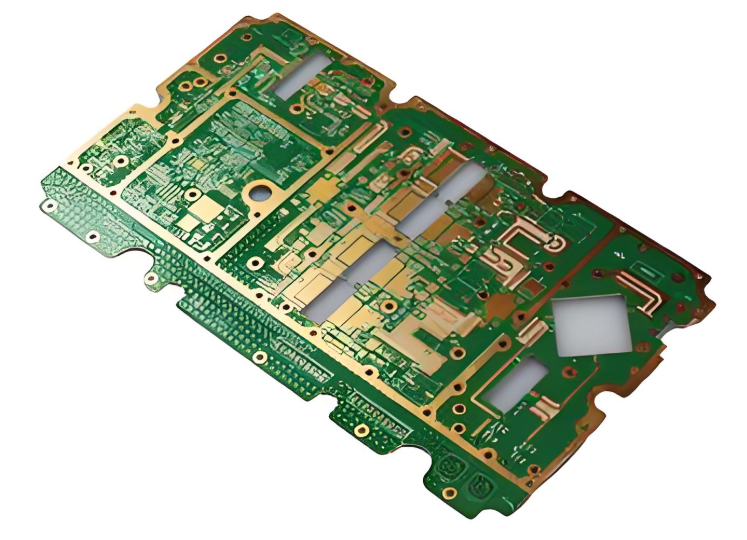
Performance Comparison: Ceramic PCB vs. FR4 PCB
When comparing ceramic PCB cost to FR4, you’re not just paying for a different base—it’s a shift in how the whole board performs under pressure. Ceramic substrates like AlN or Al₂O₃ offer excellent thermal conductivity, with values ranging from 20W/m·K to over 170W/m·K. In comparison, FR4 is typically below 1W/m·K. Here is a comparison table between them:
|
Category |
Ceramic PCB |
FR4 PCB |
|
Material Cost |
High – uses advanced ceramics like Al₂O₃ or AlN |
Low – made from fiberglass and epoxy |
|
Thermal Conductivity |
Excellent (20 to 170 W/m·K) |
Poor (<1 W/m·K) |
|
Heat Management |
Superior – supports high-power components without extra cooling |
Requires additional heat sinks or fans in many designs |
|
High-Frequency Performance |
Great for RF, 5G, and microwave applications |
Limited – more signal loss at high frequencies |
|
Thermal Stability |
High – performs well under extreme temperatures |
Lower – expansion and deformation possible |
|
Mechanical Strength |
Strong – survives vibration and harsh environments |
Moderate – better for low-impact applications |
|
Lifespan |
Long – reliable under stress and heat |
Average – shorter in high-heat or mission-critical settings |
|
Typical Applications |
Automotive LEDs, RF modules, aerospace, medical devices |
Consumer electronics, controllers, basic industrial systems |
|
Upfront Cost |
High – premium materials and processes |
Low – affordable for mass production |
|
Long-Term Cost |
Often lower – saves on cooling, repair, and replacement |
Can increase due to failures, cooling parts, and downtime |
Hidden Value of Ceramic PCBs You Might Not See at First
Beyond visible specifications, ceramic PCBs offer value in ways that aren’t obvious during the design phase. For example, their thermal stability reduces the chance of delamination, solder cracking, or component shift during temperature cycling. This means fewer field failures, less maintenance, and more stable long-term performance.
They also match well with chip materials in terms of thermal expansion. This reduces the mechanical stress between the chip and the PCB, especially in mission-critical devices like automotive control systems or aerospace electronics.
If your product needs to work in high-temperature, high-vibration, or high-voltage environments, the added cost of ceramic boards is often a trade-up, not just a markup. You’re paying to reduce future risk, not just buying a fancier board.

When to Use Ceramic PCB?
Ceramic PCBs are a smart choice when your design requires exceptional thermal management, high-frequency signal transmission, or excellent electrical insulation. Industries like automotive, LED lighting, RF communication, laser systems, and medical electronics rely heavily on ceramic PCBs for these reasons.
If your product will operate under heavy thermal loads, requires a compact structure with dense components, or must pass strict reliability standards, ceramic PCB is often the only practical solution. In these cases, the ceramic PCB cost becomes part of the performance budget—not an avoidable expense.
When FR4 PCB Makes More Sense?
Despite its limitations, FR4 is still a great option for many low to medium power applications. It’s affordable, easy to fabricate, and well-supported by standard PCB processes. If your product doesn’t generate a lot of heat, doesn’t require RF-level signal precision, and operates in a stable environment, FR4 PCB is likely the smarter choice.
For consumer electronics, educational projects, general controllers, and cost-sensitive products, FR4 PCB provides a good balance between functionality and cost-efficiency. In these cases, switching to ceramic would increase cost without adding significant performance benefits.
Ceramic PCB Price vs FR4: A Cost Comparison Breakdown
Let’s look at a general example. For a 50mm x 50mm board at 1.0mm thickness:
- FR4 PCB price (2-layer): $2.50 – $4.50 USD (in volume, depends on quantity, design complexity, etc.)
- Ceramic PCB price (Al₂O₃, 2-layer): $5.00 – $10.00 USD (depends on quantity, design complexity, etc.)
- Ceramic PCB price (AlN, 2-layer): $5.00 – $10.00 USD (depends on quantity, design complexity, etc.))
Yes, ceramic PCBs are 5x to 10x more expensive, but the added value must be measured differently. If the ceramic board eliminates the need for external thermal solutions, increases product lifespan, or reduces failure rates, the total system cost may actually go down.
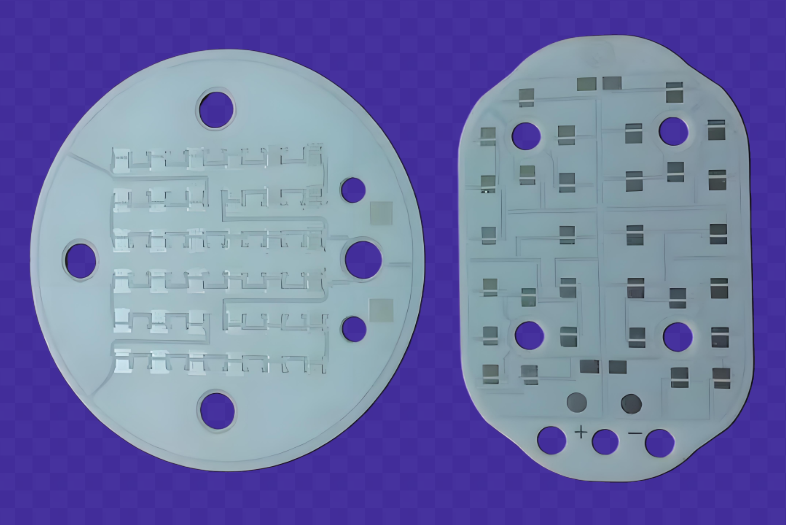
How to Reduce Ceramic PCB Cost Without Sacrificing Performance?
If ceramic PCBs are necessary for your product, there are still ways to manage cost effectively:
1. Choose the right substrate. Al₂O₃ is cheaper than AlN and often sufficient.
2. Avoid overdesign. Use only the copper thickness you truly need.
3. Optimize layout. Compact board designs reduce material usage.
4. Use cost-effective processes. DBC might offer better value than DPC for high-power applications.
5. Batch your orders. Larger quantities lower unit cost due to shared setup and tooling.
At Best Technology, we work closely with clients to help find that balance—meeting performance needs without overspending.
Customer Ceramic PCB Case Stories
A customer in the automotive LED industry replaced FR4 with AlN ceramic boards. The ceramic version cost about 6 times more per unit, but it eliminated the need for a heavy aluminum heat sink. This reduced their housing cost and improved LED life span by over 30%.
Another client in 5G communication found that FR4 boards introduced too much signal loss at high frequencies. After switching to a ceramic PCB, their data transmission improved significantly, and power efficiency increased by 12%. The ceramic PCB cost was recovered in less than six months through higher product performance.
How Best Technology Helps You to Reduce Your Ceramic PCB Budget?
As a professional ceramic PCB manufacturer, Best Technology offers more than just fabrication. We help customers make the right technical and cost decisions from the start. Here’s how we support you:
- Expert design review. Avoid overspecs that drive cost without benefit.
- Multiple ceramic types. Choose from Al₂O₃, AlN, or Si₃N₄ based on performance vs budget.
- Flexible processes. From DPC to DBC, HTCC to AMB—we match the method to your need.
- Fast prototyping. We support quick samples and small volumes to help validate your design.
- Quality tracking. Our MES system ensures traceability, while certifications like ISO13485 and IATF16949 support demanding industries.
FAQs
1. Why is ceramic PCB more expensive than FR4 PCB?
Because of raw material costs, advanced manufacturing, and tighter quality control.
2. When should I use a ceramic PCB?
For high heat, high voltage, or high-frequency applications—especially in automotive, RF, and power electronics.
3. Can I lower ceramic PCB cost without changing the material?
Yes—by optimizing copper thickness, board size, and choosing the most suitable fabrication process.
4. Is FR4 still a good option?
Absolutely, especially for low-power, low-frequency, and cost-sensitive products.
5. What’s the benefit of working with Best Technology?
We help you balance performance and cost while offering fast response, multiple ceramic processes, and strict quality assurance.


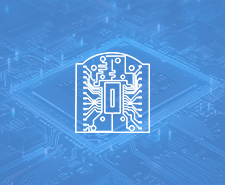


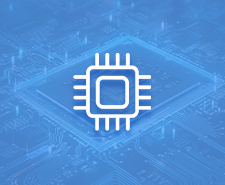
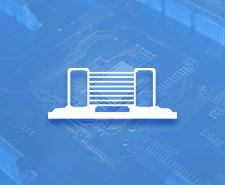
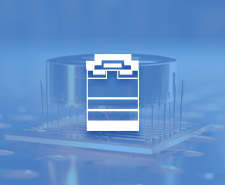
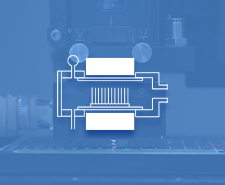
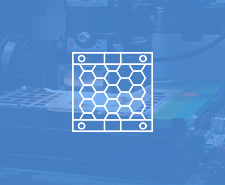
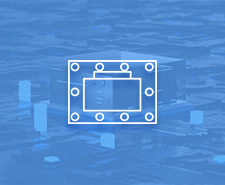
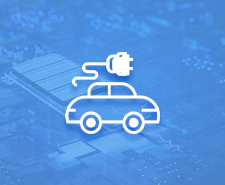
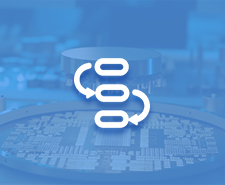
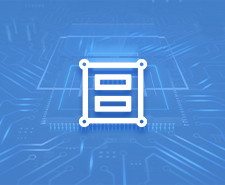
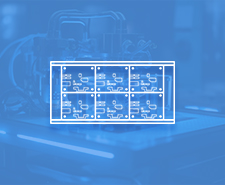
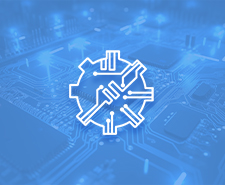
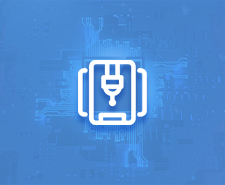
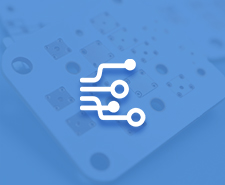
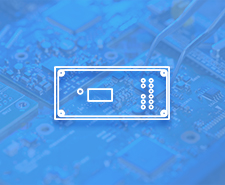
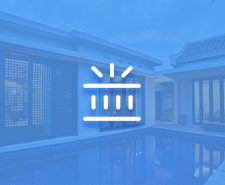
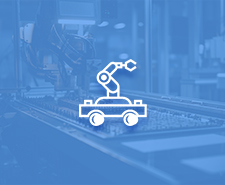
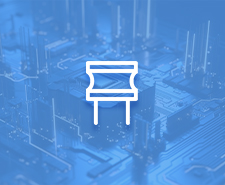
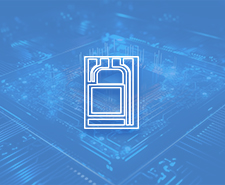

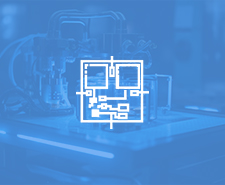
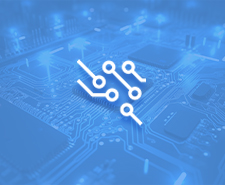
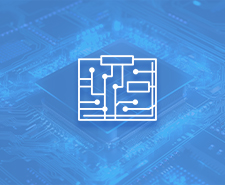

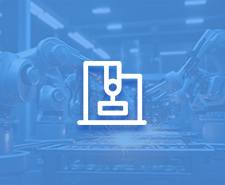

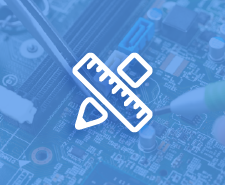
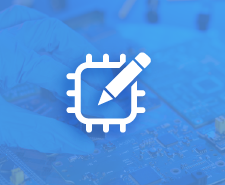


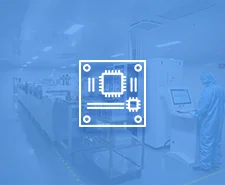
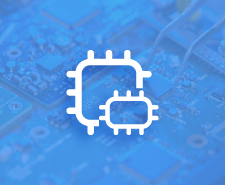
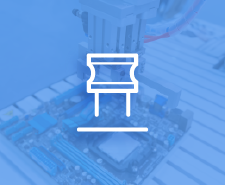
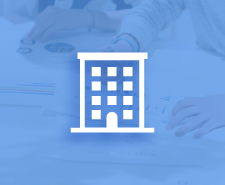
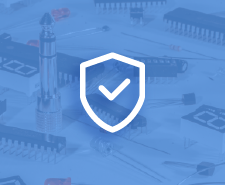
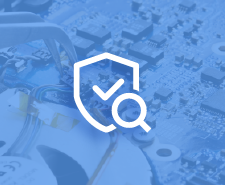
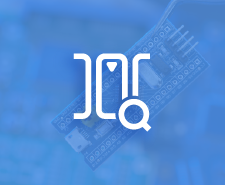
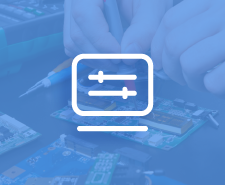
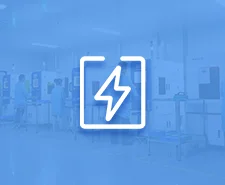
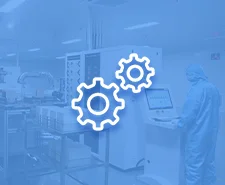
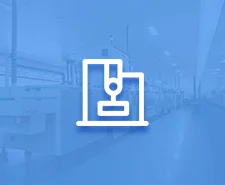
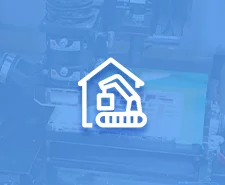
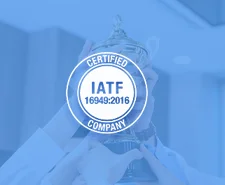

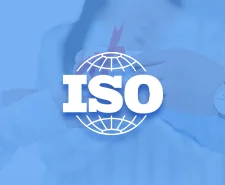





 HOME
HOME







